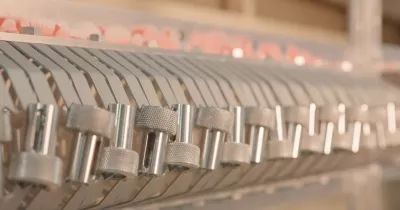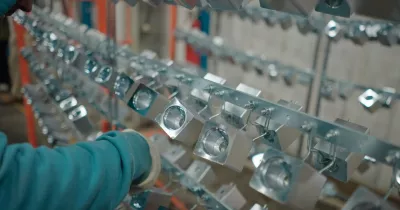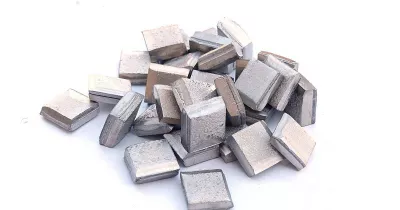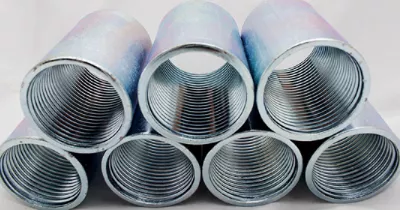Environmental Sustainable Practices in Electroplating
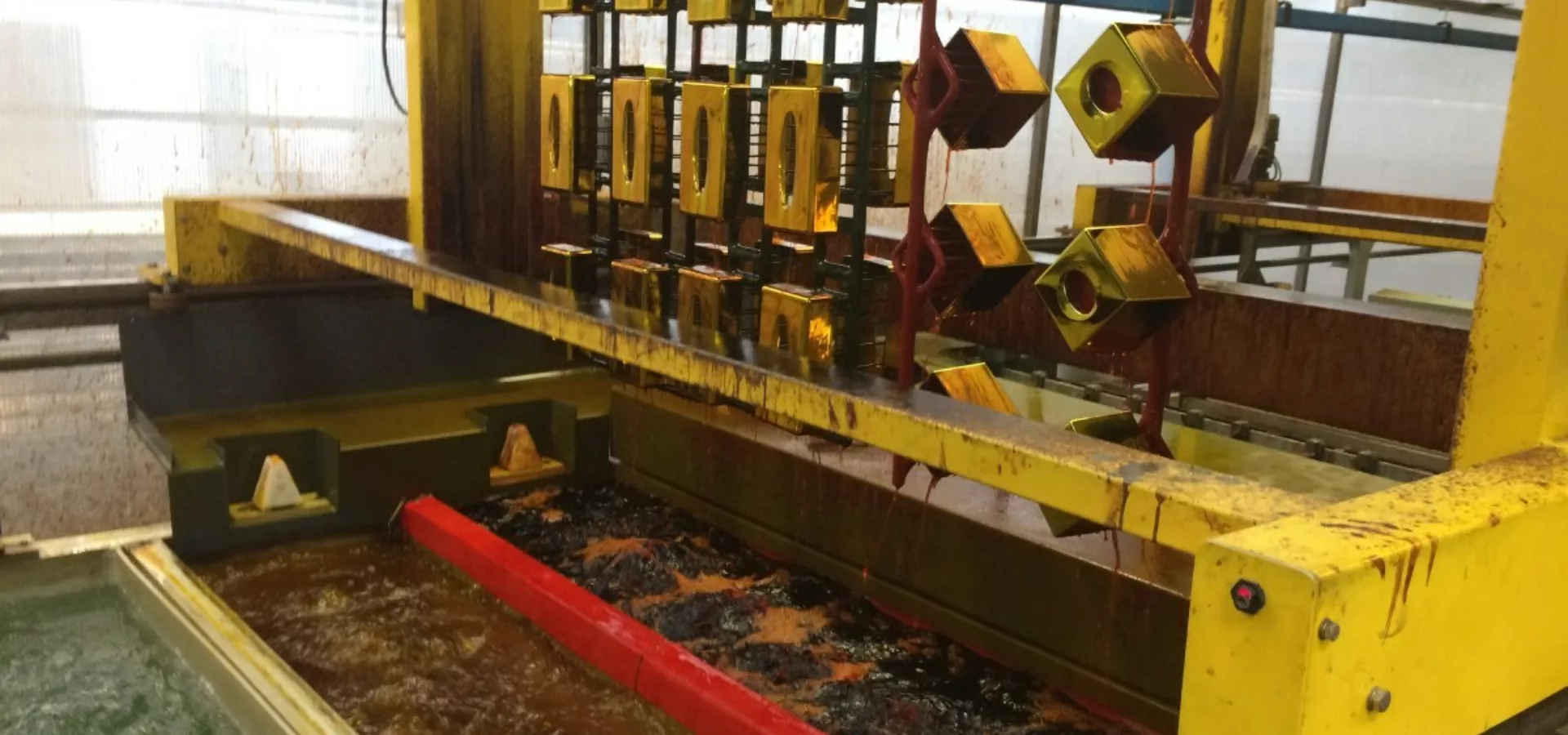
July 09, 2024
July 09, 2024
The electroplating industry plays a vital role in various sectors, but its traditional processes can raise environmental concerns. Fortunately, a shift towards sustainable and responsible practices is gaining momentum.
This article deepens into key aspects of environmental electroplating, providing valuable insights for businesses seeking eco-friendly solutions.
Understanding environmental regulations
Electroplating operations are subject to several environmental regulations, with the Clean Water Act (CWA) and the Clean Air Act (CAA) being two of the most significant.
The CWA regulates wastewater discharge, ensuring proper treatment before releasing it into waterways. The CAA focuses on air emissions, mandating controls to minimize pollutants like volatile organic compounds (VOCs) released during electroplating.
Staying compliant with these regulations is crucial. Electroplating companies can achieve this by partnering with environmental consultants and adhering to best practices for wastewater treatment and air emission control systems. Failure to comply can result in hefty fines, production shutdowns, and reputational damage.
The power of environmental management systems
The ISO 14001 standard provides a framework for establishing an Environmental Management System (EMS). An EMS helps electroplating companies systematically manage their environmental impact.
Implementing an EMS involves setting environmental objectives and targets, monitoring processes for emissions and waste generation, and continuously improving practices to achieve sustainability goals. This structured approach empowers electroplaters to demonstrate their commitment to environmental responsibility and gain a competitive edge.
Benefits of ISO 14001 Certification
Obtaining ISO 14001 certification showcases an electroplating company's dedication to environmental stewardship. This certification can lead to several benefits, including:
Reduced regulatory burden: A well-implemented EMS simplifies compliance with environmental regulations.
Enhanced brand image: Demonstrating environmental responsibility attracts environmentally conscious customers and investors.
Improved operational efficiency: An EMS often leads to cost savings through resource conservation and waste reduction.
Employee morale boost: Employees engaged in sustainability initiatives often experience a sense of pride and purpose.
By embracing environmental regulations, sustainable practices, and a commitment to greener chemistry, the electroplating industry can move towards a more responsible and sustainable future.
Optimizing for sustainability
Sustainable electroplating is about minimizing environmental impact while maintaining efficiency. Energy consumption can be reduced through measures like optimizing tank sizes, using energy-efficient heating elements, and implementing heat recovery systems.
Resource conservation is another key principle. Electroplating companies can achieve this by implementing closed-loop rinse systems that minimize water usage and employing advanced filtration techniques to extend the lifespan of plating solutions. Additionally, focusing on drag-out reduction techniques minimizes the amount of plating solution carried out on parts, reducing waste.
Environmentally safe materials play a crucial role in sustainable electroplating. Substituting hazardous chemicals with safer alternatives like cyanide-free plating solutions or exploring biodegradable solvents are steps in the right direction.
Embracing greener chemistry
Greener chemistry focuses on minimizing the environmental and health hazards associated with chemicals used in electroplating baths. Companies can implement this by evaluating plating solutions for safer alternatives, prioritizing the use of catalysts, and exploring options for plating with fewer hazardous byproducts.
For instance, Chromium plating has typically involved the use of hexavalent chromium, a known carcinogen. However, trivalent chromium a safer alternative, is becoming increasingly viable, offering a more responsible approach. Pavco's Hex-A-Gone is a trivalent chromium plating solution that offers an environmentally friendly alternative to traditional hexavalent chromium plating.
Our company leads the way in delivering sustainable plating solutions. Discover how our state-of-the-art technologies and eco-friendly practices can help you in achieving a more sustainable and responsible future in electroplating. Contact us today.
IT’S HOW YOU FINISH

We’re a developer and supplier of chemistries for the metal finishing industry since 1948.
In PAVCO, we develop products and deliver services of the highest quality at a reasonable cost.
